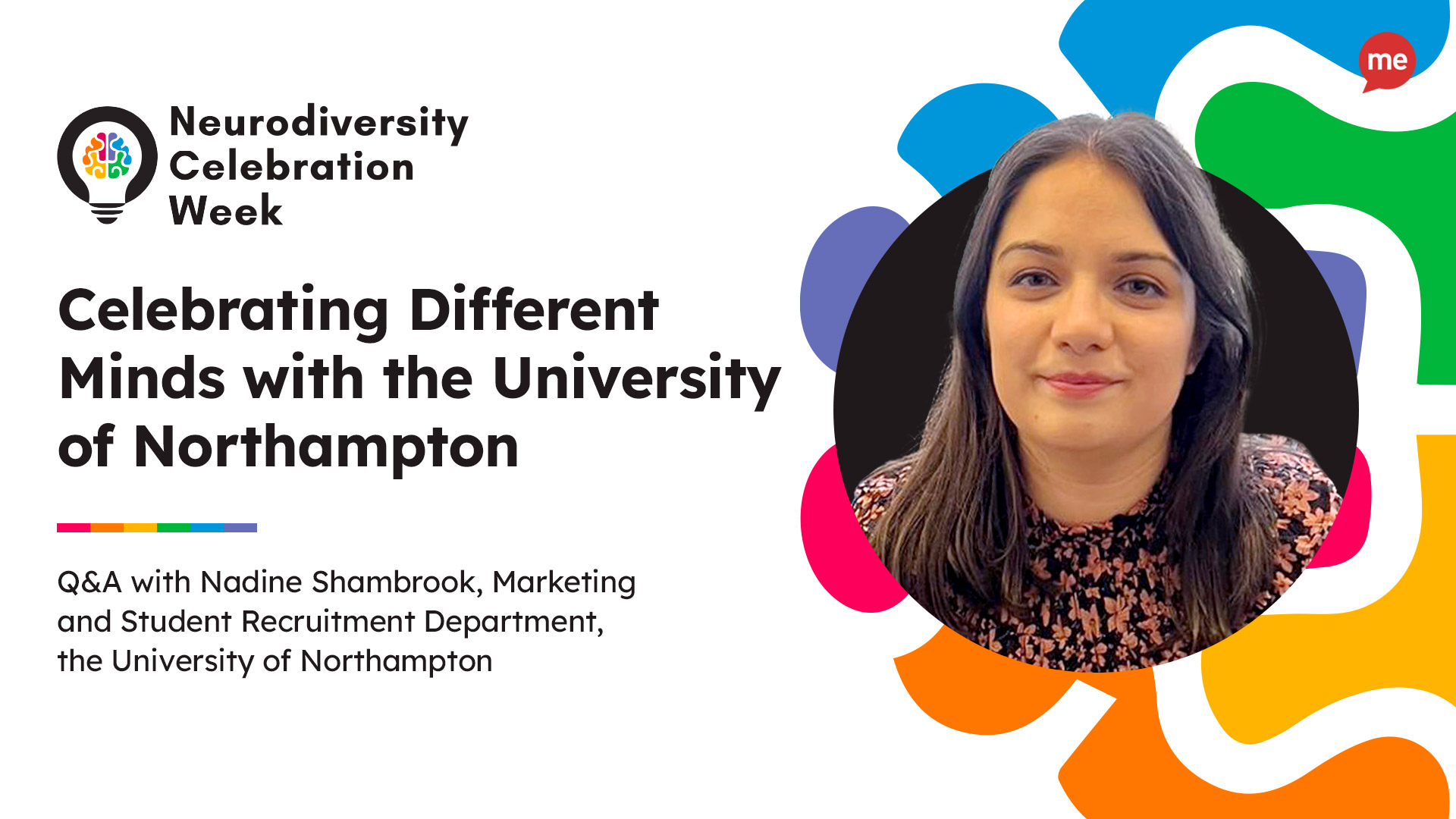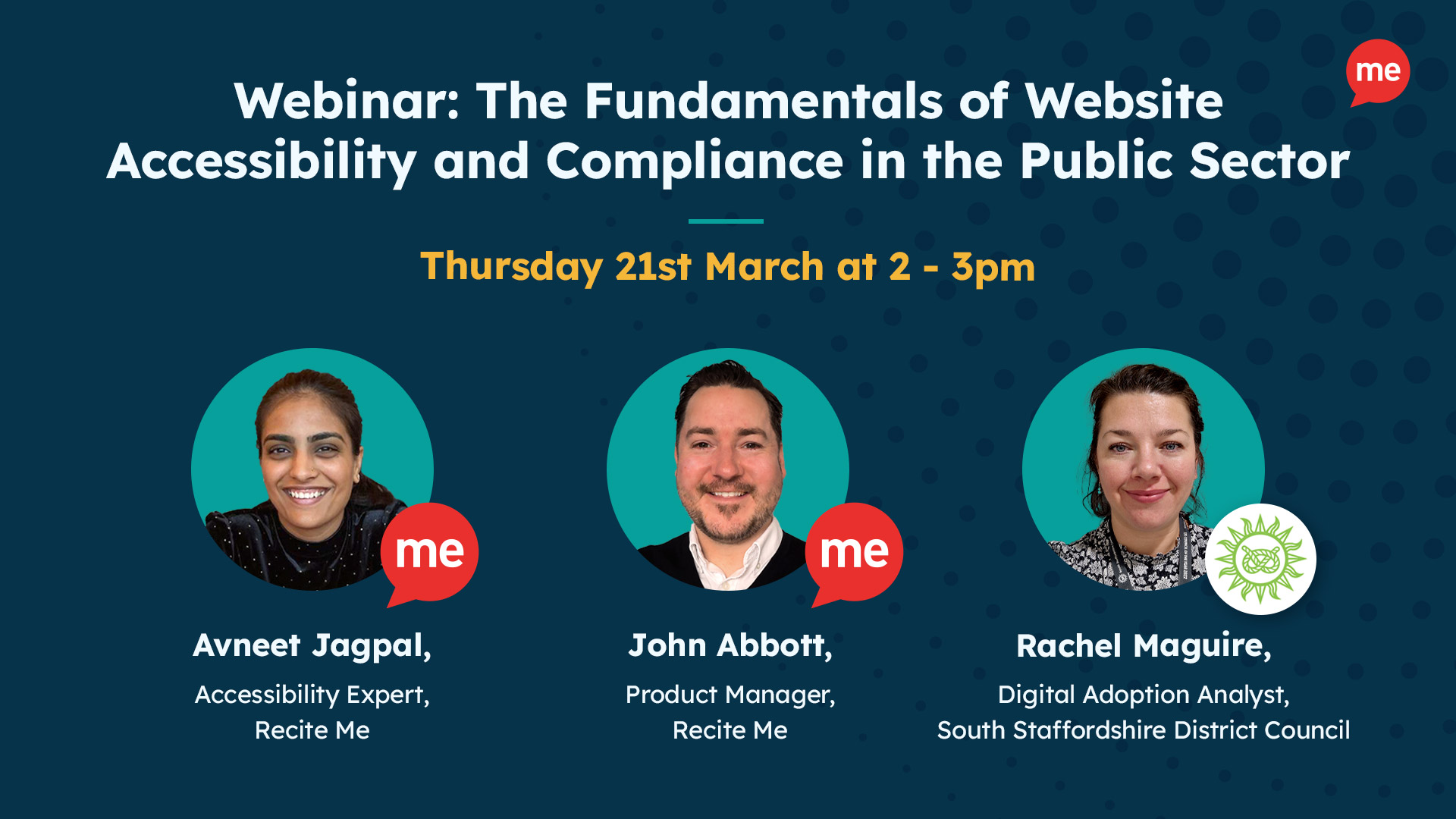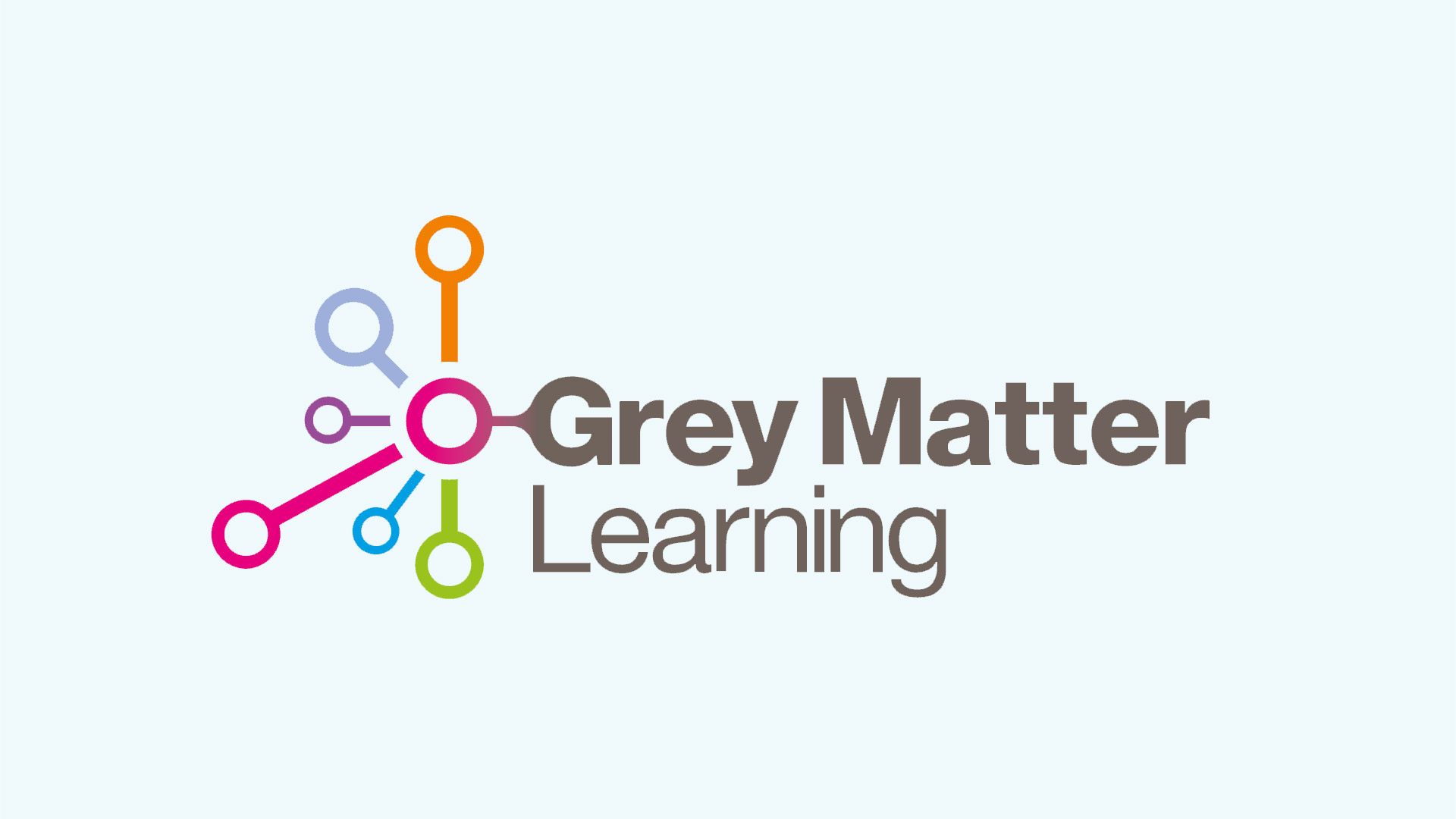UK schools are set to return this week, but there is heated debate over safety concerns regarding COVID-19, and whether pupils returning to a traditional school setting will cause a surge in cases. The government is confident that the plans they have in place will ensure safety for all students and staff, but after several hiccups in the education sector thus far, most notably the fiasco over GSCE and A-Level grading, confidence among the general public is divided.
“It’s a very, very, difficult situation trying to balance the needs of a younger generation with the health needs of society,”
Becky Francis, chief executive of the Education Endowment Foundation
One thing that is not in question, however, is the need for the education of our younger members of society to resume. Not only is this crucial for students that have fallen behind in their studies since the closure of schools earlier in the year, but also to avoid lower academic achievement in general that would translate into a longer-term economic cost in terms of having a less well-qualified workforce.
In the post-COVID-19 economy, the youth workforce is likely to be the sector most called upon to contribute to recovery efforts and to do so, they will need to be equipped with the knowledge and skills they need to address current issues and confront future disruptions.
How Technology Can Help
The main principle of the current plan is to reduce the amount of physical contact between children and staff by separating groups into ‘bubbles’ and maintaining adequate distance between individuals. Not an easy task while simultaneously trying to deliver a broad and balanced curriculum. However, by embracing technology schools can reduce contact between groups of students and teachers, and at the same time remove learning barriers and enrich the experiences of young learners:
- If students are enabled with online resources, they have on-demand access to both learning materials and teacher assistance should they need it, but without needing to be within physical reach of their teacher.
- With online resources, education doesn’t have to stop when the school day finishes. With more independent online learning solutions, students can work at their own pace, while also having access to teachers, resources, and assignments anywhere they have an internet connection.
- It has been proven that more technological ways of learning promote practical thinking and collaboration skills in students, rather than them simply memorising information. Plus, simultaneously, they are assimilating additional skills in the use of technology itself.
Individual Barriers
While the use of technology may encourage individual learning, it is important to consider that not everyone learns in the same way. Different learning styles and different abilities must be accounted for, and digital materials must be inclusive of everyone with different needs. So education providers must ensure that information is accessible to all, rather than just available to all. Again, this is no easy task when you consider that:
In the UK, there are approximately 351,000 people under the age of 17 who have a learning disability
Approximately 200,000 children in England alone have special education needs
One in every five children has attention issues
More than 25,000 children aged 16 and under in the UK have vision impairments
At least 10% of all UK schoolchildren are dyslexic
Some students learn in a second language
Up to 6% of all UK school children suffer from some form of physical disability
All of these students are disadvantaged in different ways in an online environment, as it is almost impossible for any stand-alone online learning portal to accommodate the broad spectrum of barriers that face these students. That’s where assistive technology can help.
Using Assistive Software to Promote Inclusion
At Recite Me, we are firm believers that children need to be supported from a young age and that every stage of education should be inclusive. Our unique assistive toolbar is an accessibility solution that allows students to customise a website in the way that works best for them, and in doing so compensates for numerous access barriers including:
Visual impairments
Deafblindness
Colour blindness
Dyslexia
Hyperlexia
Dyspraxia
Autism
ADHD
Speaking English as a second language
Epilepsy
Mobility and physical impairments
Planning Ahead for Remote Learning
We all hope that the return of students to traditional school settings goes well and that there are no adverse effects in terms of a rise in COVID-19 cases. But if the worst should happen and schools are once more forced to close, it is important that there is a cohesive plan in place to help students continue their studies. In the summer term, parents and teachers muddled through the best they could with a combination of homeschooling and online classes. But most would agree that this is not an ideal long-term solution, especially as many parents have now returned to their workplaces.
Studies have shown that remote learning can be effective, however, large scale remote learning is not something that many education providers are set up for at the current time. This is especially true when considering the number of school children with varying accessibility needs. Providing equal access and the same level of inclusion online as with in-person teaching is a challenge without assistive technology to break down those accessibility barriers. So education providers must be proactive and prepared ahead of time in order to ensure that they can meet the needs of all students.
Many schools and educational bodies have already begun the process of uploading learning materials onto their website, which is a great first step in terms of making recourses available. But to make them accessible by all, additional tools like the Recite Me assistive toolbar would be required. This is the easy part however, as once all of the required content is available online, it becomes instantly accessible once our toolbar has been successfully installed. What’s more, our installations are generally much quicker and easier than most people imagine.
“Having the Recite Me app means we can communicate with all who visit the website, whether they have a learning disability, physical disability or language barrier.
“With technology advancing, most of our visitors access our website via mobile devices and smartphones, so the cloud-based software allows us to provide college information to all anywhere and anytime “
Lisa Robertson,Digital Marketing Officer, New College Lanarkshire
How Does It Work?
The Recite Me toolbar comprises a number of accessibility features that can either be used individually or combined to make multiple adjustments for ultimate ease of use. Users can:
Personalise font size, type, and colour options to make each web page easier to read.
Utilise the mask screen tool, which isolates parts of the page to help with focus.
Use the ruler tool to make reading easier.
Download content as an audio file as an alternative to reading.
Convert page content into over 100 different on-screen languages.
Have the page read aloud in a choice of 35 different languages.
Customise PDF documents and have them read aloud or translated.
Find Out More
Thousands of organisations already use Recite Me to make their websites more accessible, including many institutions in the education sector. By working together to improve access to online materials and remote learning resources, we believe we can make a real difference and help education organisations to become truly accessible to all students in 2020 and beyond.
We invite you to read some of our case studies, and if you’d like to know more about how our assistive technology can help your students you can book a demo of the Recite Me assistive toolbar by contacting our team.






